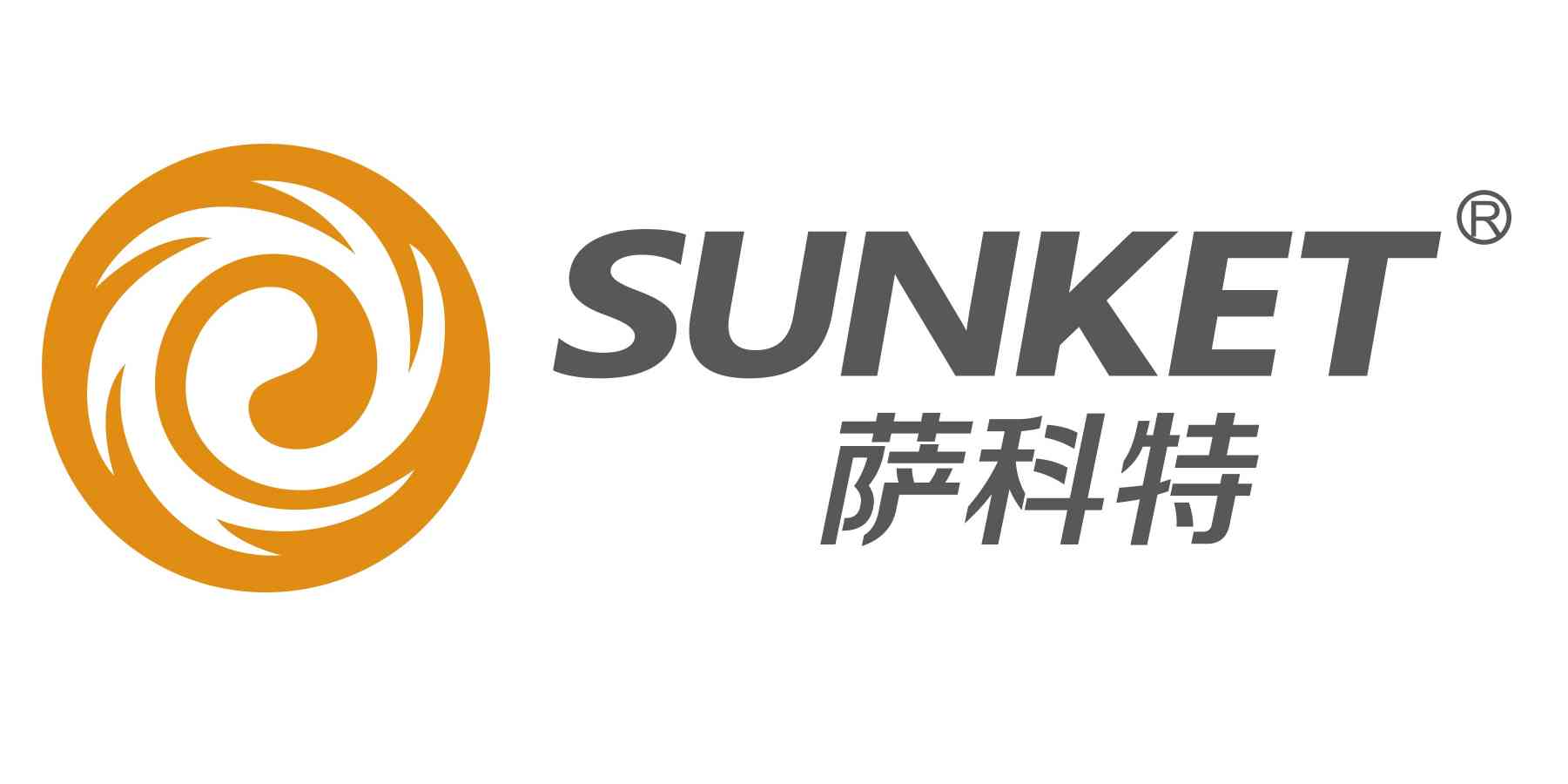Photovoltaic Building Integration (BIPV) is one of the most effective solutions for building green buildings.
The most common types of photovoltaic building applications are photovoltaic roofs on roofs and photovoltaic curtain walls on facades. Photovoltaic building materials in the traditional building materials function properties at the same time, but also need to meet the requirements of the building for lighting, and photovoltaic lighting roof and photovoltaic curtain wall on the light transmission requirements are not the same. According to the case study of several photovoltaic construction projects, photovoltaic glass transmission for lighting roofs is generally 20%, while facade curtain walls generally use 40%-50% light transmission of photovoltaic glass. Photovoltaic lighting roof why choose 20% light transmission of the power generation glass, can you choose a higher transmission? After a large number of photovoltaic building lighting roof and photovoltaic solar housing project case summary, balance a variety of factors, 20% light transmission of power generation glass is a better choice! On the one hand, because 20% light transmission effect has been able to meet the owner's lighting requirements. In addition, the higher the transmission of photovoltaic glass, which means that the less film in the power generation glass, the less heat absorption and cooling effect of the power generation glass, while the power generation glass will also decrease, the power generation will be reduced.
According to the case study of several photovoltaic construction projects, photovoltaic glass transmission for lighting roofs is generally 20%, while facade curtain walls generally use 40%-50% light transmission of photovoltaic glass. Photovoltaic lighting roof why choose 20% light transmission of the power generation glass, can you choose a higher transmission? After a large number of photovoltaic building lighting roof and photovoltaic solar housing project case summary, balance a variety of factors, 20% light transmission of power generation glass is a better choice! On the one hand, because 20% light transmission effect has been able to meet the owner's lighting requirements. In addition, the higher the transmission of photovoltaic glass, which means that the less film in the power generation glass, the less heat absorption and cooling effect of the power generation glass, while the power generation glass will also decrease, the power generation will be reduced.
